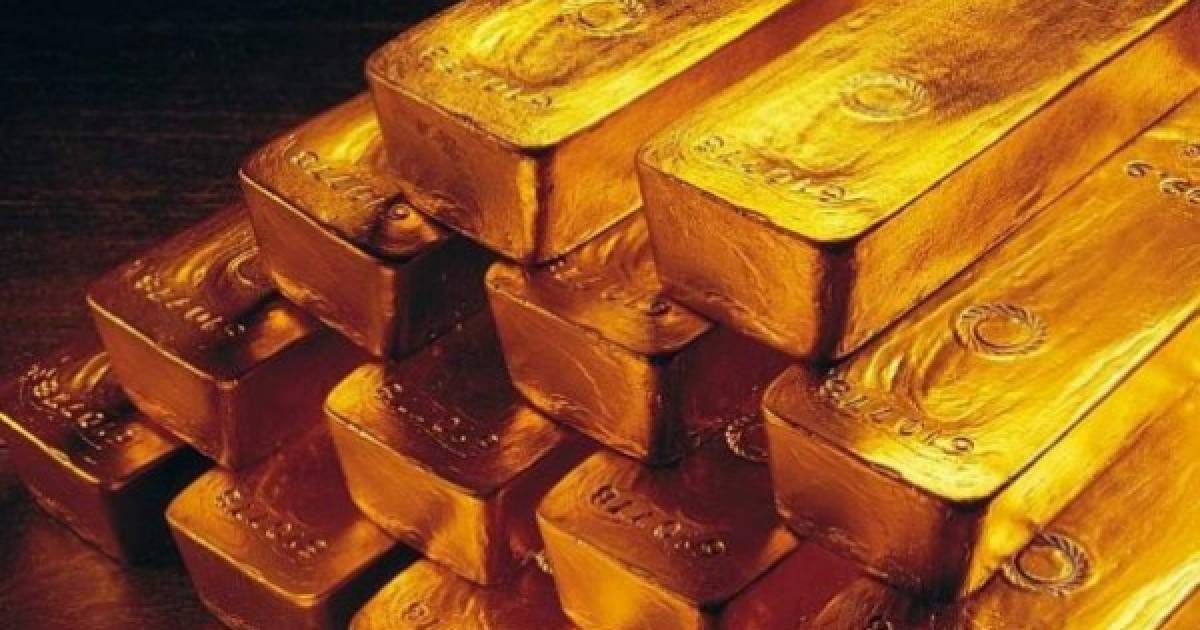The Strengths of Slow Food Café in Central America

It all began in Huehuetenango, with the first visit to communities in the Guatemalan Altiplano.
In 2002 Slow Food first achieved success with the goal of creating a network of good, clean and fair coffee producers. Since then, we have accompanied these farming communities to create a strong network of seven strongholds: two in Central America (Huehuetenango in Guatemala and Montanha Camabara in Honduras) and five in Africa (Harenna in Ethiopia, Luwero and Mount Elgon in Uganda, and Islas Ibo in Uganda Mozambique and São Potência de Tomé and Príncipe).
Building on the history of these communities and the work we do with them, we want to embark on a journey that will lead us to discover the biodiversity of coffee.
A story destined to grow: A Slow Food Coffee AllianceIt is an inclusive and collaborative network that unites all the actors in the supply chain, launched from these core communities. The call for participation is open to all, from registration. show Summarizing the network’s ambitions: protecting the environment, food safety, and protecting basic human rights. With the Slow Food Coffee Alliance statement, we propose transparency and traceability so consumers know who produced their coffee and where.
Huehuetenango Highland Coffee – Guatemala
Jesuit priests introduced coffee to Guatemala in 1773 and today the country produces one of the best coffees in the world. Fortaleza coffee is made from Coffea arabica plants (of the Typica, Bourbon and Caturra varieties) grown in the shade of tall trees. The coffee capsules are collected manually, collected one by one and placed in a wicker basket tied at the collector’s waist with a vine rope. The beans are extracted from the berries by a light fermentation that begins within four hours of harvest and continues for 24 to 36 hours. After being separated from the pulp, the grains are dried for at least three hours, during which they are constantly dried manually.
Mountain Coffee Camabara – Honduras
It is not known for certain when coffee arrived in Honduras, but some seeds are believed to have arrived from Costa Rica between 1799 and 1804, among the goods brought by street vendors. Today, despite the importance of coffee cultivation to the national economy, the country’s small coffee producers cannot earn a decent living from farming.
Today, the mountain is home to around 500 coffee growers, most of them small producers organized into cooperatives that traditionally grow Arabica, Tepica, Bourbon and Catura varieties, under the shade of local trees, at altitudes between 1,200 and 1,600 meters above sea level. . . They produce washed coffee, which in the cup has a strong aroma of peach and amaretto, with notes of fruits and chocolate.
If you want to actively participate in the future of coffee, consider joining Slow Food Coffee Alliance And support us in working towards good, clean and fair coffee for everyone!
- Did you learn anything new on this page?
- But

“Award-winning zombie scholar. Music practitioner. Food expert. Troublemaker.”









